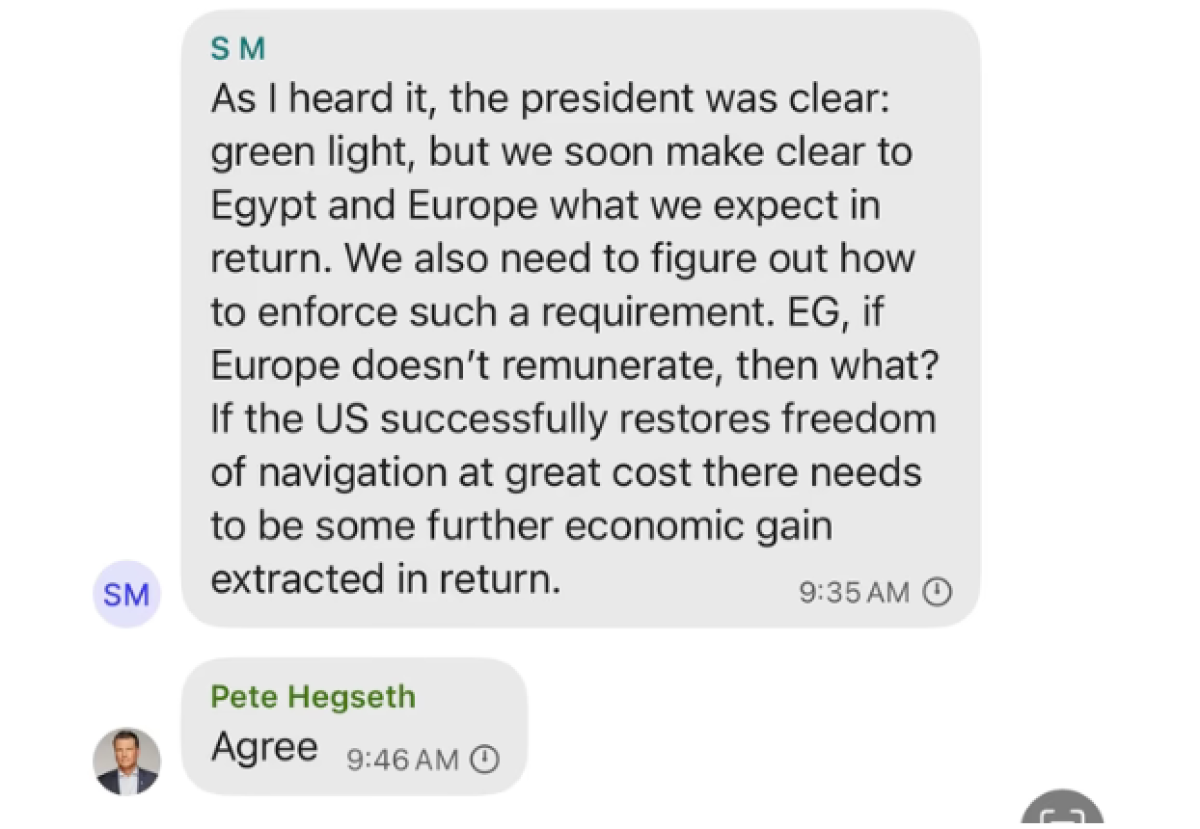Gatsby's Real-Life Counterparts: Men Who Influenced Fitzgerald's Masterpiece

Table of Contents
The Influence of Real-Life Bootleggers
The shadowy world of Prohibition-era bootleggers significantly impacted Fitzgerald's portrayal of Gatsby's wealth and lifestyle. The novel's characters often mirror real-life figures involved in the lucrative and dangerous underworld of organized crime.
Meyer Wolfsheim and Arnold Rothstein: A Striking Resemblance
The character of Meyer Wolfsheim, Gatsby's shady business associate, bears a striking resemblance to Arnold Rothstein, a notorious real-life gangster. Both men shared a penchant for lavish living, a vast network of contacts, and involvement in highly questionable activities.
- Rothstein's involvement in fixing the 1919 World Series: This infamous event perfectly parallels Wolfsheim's boastful claim of involvement in similar schemes, highlighting the connection between fiction and reality.
- Rothstein's lavish lifestyle: His extravagant spending habits, mirroring Gatsby's opulent parties and extravagant displays of wealth, solidify the link between the real-life gangster and the fictional character.
- Rothstein's mysterious death: The circumstances surrounding Rothstein's death further add to the intrigue and mystery surrounding the character of Wolfsheim, reflecting the dangerous world they both inhabited. These parallels between Meyer Wolfsheim and Arnold Rothstein strongly suggest that Rothstein served as a significant inspiration for Fitzgerald when creating this pivotal character. Understanding this connection provides crucial context for interpreting Wolfsheim's role in Gatsby's life and the novel's overall narrative.
The Roaring Twenties and the Rise of Organized Crime
The historical context of the Prohibition era (1920-1933) is crucial to understanding Gatsby's real-life counterparts. Prohibition created a massive black market, fueling the rise of powerful figures like Rothstein and providing the fertile ground for the creation of wealth through illegal activities.
- The social and economic climate of the 1920s: The decade was defined by economic prosperity, social change, and a disregard for rules, perfectly setting the stage for the rise of organized crime.
- The lucrative nature of bootlegging: Bootlegging was incredibly profitable, providing the financial foundation for the extravagant lifestyles of men like Rothstein and the wealth Gatsby so desperately sought to acquire.
- The dangers and glamour associated with this underworld: The allure of this dangerous and glamorous world, filled with both risk and reward, is subtly reflected in Gatsby's persona and the overall atmosphere of the novel. This historical backdrop is essential in understanding the context in which Gatsby’s character and his wealth emerged. The Roaring Twenties and the rise of organized crime undeniably shaped Fitzgerald's imagination and informed the creation of Gatsby's character.
Gatsby as a Composite Character: Beyond the Bootleggers
While real-life bootleggers undoubtedly influenced Gatsby's portrayal, he's also a composite character embodying several other influences.
The Self-Made Man Ideal
Gatsby embodies the quintessential American Dream – the self-made man who achieves unimaginable wealth and social status through sheer determination. However, Fitzgerald masterfully reveals the tragic irony inherent in this pursuit.
- The rags-to-riches narrative: Gatsby's story, though fictional, resonates with the classic American narrative of rising from humble beginnings to great success.
- The allure of wealth and status: The novel explores the intoxicating power of wealth and its ability to both elevate and corrupt.
- The inherent contradictions of the American Dream: Gatsby's relentless pursuit of wealth and status ultimately leads to his downfall, revealing the inherent contradictions and unattainable aspects of the American Dream. This exploration of the American Dream is central to understanding Gatsby’s motivations and the novel’s enduring themes.
Fitzgerald's Own Life and Experiences
Fitzgerald's personal experiences heavily influenced Gatsby's creation. The author's own struggles with wealth, social acceptance, and complex relationships are reflected in Gatsby's character.
- Fitzgerald's relationship with Zelda: The tumultuous and complicated relationship between Fitzgerald and his wife, Zelda, likely informed Gatsby's obsessive pursuit of Daisy Buchanan.
- Fitzgerald's financial struggles: Fitzgerald’s own experiences with financial instability and the allure and challenges of wealth find their way into Gatsby's story.
- His experiences with the wealthy elite: Fitzgerald's observations of the wealthy elite and their social circles undoubtedly informed the depiction of the wealthy characters in the novel. The blend of Fitzgerald's personal experiences with the realities of the era contributed to the creation of a truly complex and relatable character.
The Power of Myth and the Enduring Legacy of Gatsby's Real-Life Counterparts
Gatsby transcends his real-life inspirations to become a powerful symbol. He represents ambition, longing, and the often elusive nature of the American Dream.
Gatsby as a Symbol
Gatsby's enduring appeal lies in his symbolic representation of universal themes. He embodies the dreams and aspirations of many, highlighting the enduring allure of the American Dream.
- The enduring popularity of The Great Gatsby: The novel's continued relevance speaks to its exploration of timeless themes that resonate with readers across generations.
- Its continued relevance to modern readers: Gatsby's story remains powerfully relevant, highlighting the enduring human desire for love, success, and belonging.
- Its exploration of timeless themes: The novel delves into themes of love, loss, class, and the complexities of the human condition, ensuring its continued relevance. Gatsby's enduring legacy as a symbol of the American Dream continues to fascinate and inspire readers worldwide.
The Continuing Search for Gatsby's Real-Life Counterparts
The debate surrounding Gatsby's real-life counterparts continues. The mystery surrounding his origins and the multifaceted nature of his character fuel ongoing interpretations and analyses.
- The mystery surrounding Gatsby's origins: The ambiguity surrounding Gatsby's past and the origins of his wealth only adds to his allure and the mystery surrounding his character.
- The ongoing interpretations of the novel: The novel continues to inspire diverse interpretations and discussions, enriching its legacy and cultural impact.
- The multifaceted nature of Gatsby's character: Gatsby’s complex nature, blending aspiration, mystery, and tragedy, allows for various interpretations and continues to fuel the discussion around his real-life counterparts. Further research and analysis into Gatsby’s life and influences are encouraged.
Conclusion
Jay Gatsby's enduring appeal stems not only from Fitzgerald's masterful storytelling but also from the echoes of real-life figures and historical events that resonate throughout the novel. By understanding the influences of real-life bootleggers like Arnold Rothstein and the broader social and economic context of the Roaring Twenties, we gain a deeper appreciation of Gatsby's complexity and the novel's lasting power. Further exploration into Gatsby's real-life counterparts reveals the intricate layers of inspiration that brought this iconic character to life. Continue your journey into the world of The Great Gatsby and discover more about Gatsby's real-life counterparts – you might be surprised by what you find!

Featured Posts
-
 Understanding Jurickson Profars 80 Game Ped Suspension
May 11, 2025
Understanding Jurickson Profars 80 Game Ped Suspension
May 11, 2025 -
 Review Of Military Academy Texts Ordered By Pentagon Potential Censorship
May 11, 2025
Review Of Military Academy Texts Ordered By Pentagon Potential Censorship
May 11, 2025 -
 Henry Cavills Fallout Beard Tom Cruise Explains The Mid Scene Growth
May 11, 2025
Henry Cavills Fallout Beard Tom Cruise Explains The Mid Scene Growth
May 11, 2025 -
 Analyzing Sylvester Stallones Limited Role In Jason Stathams Latest Film
May 11, 2025
Analyzing Sylvester Stallones Limited Role In Jason Stathams Latest Film
May 11, 2025 -
 Ufc 315 Muhammad Vs Della Maddalena Full Fight Card Date And Viewing Guide
May 11, 2025
Ufc 315 Muhammad Vs Della Maddalena Full Fight Card Date And Viewing Guide
May 11, 2025
